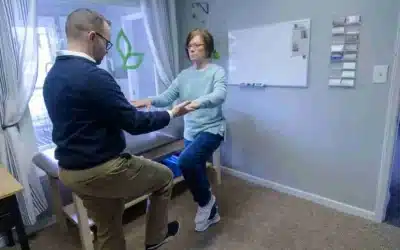As we age, maintaining an active lifestyle becomes increasingly crucial for our overall health and well-being. While the thought of exercise may conjure images of crowded gyms or monotonous indoor...
Balance
Fast Tests for Predicting Fall Risk in Older Adults
Falls in older adults are a problem. A big problem. According to the latest estimates, 1 in 4 Americans over the age of 65 will fall this year because of their age alone. The likelihood increases to...
Preventing Falls in the Elderly and 65+ Adult Population
With recent celebrity deaths linked to falling, we wanted to highlight the risks and dangers of falling in senior adults. Even more important, we wanted to help you move beyond being afraid of...
Falling: Facts Behind the Fear
If you generally step more gently as you go down the stairs, hold the hand-railing a little bit tighter, and take careful note of where your feet land next… you’re not alone. The vast majority of us...
Stability: A Balancing Act
Winter is here! Most of us have stocked up on firewood, cocoa, marshmallows, and blankets as we lay in wait for all the cold weather. We’ve even turned up the heating and removed grandma’s special...
Request An Appointment
Please fill out this form and
we will contact you about scheduling.




